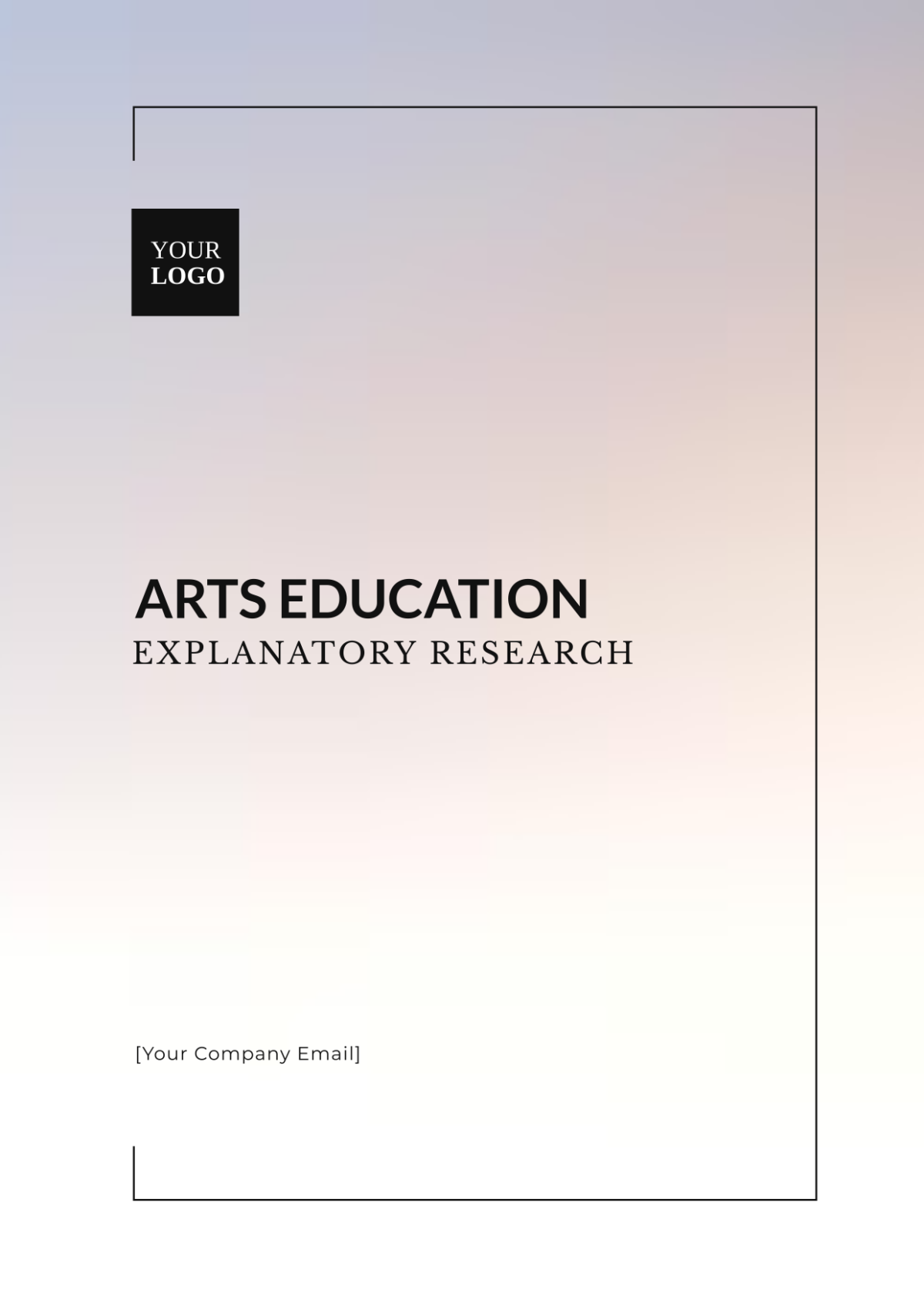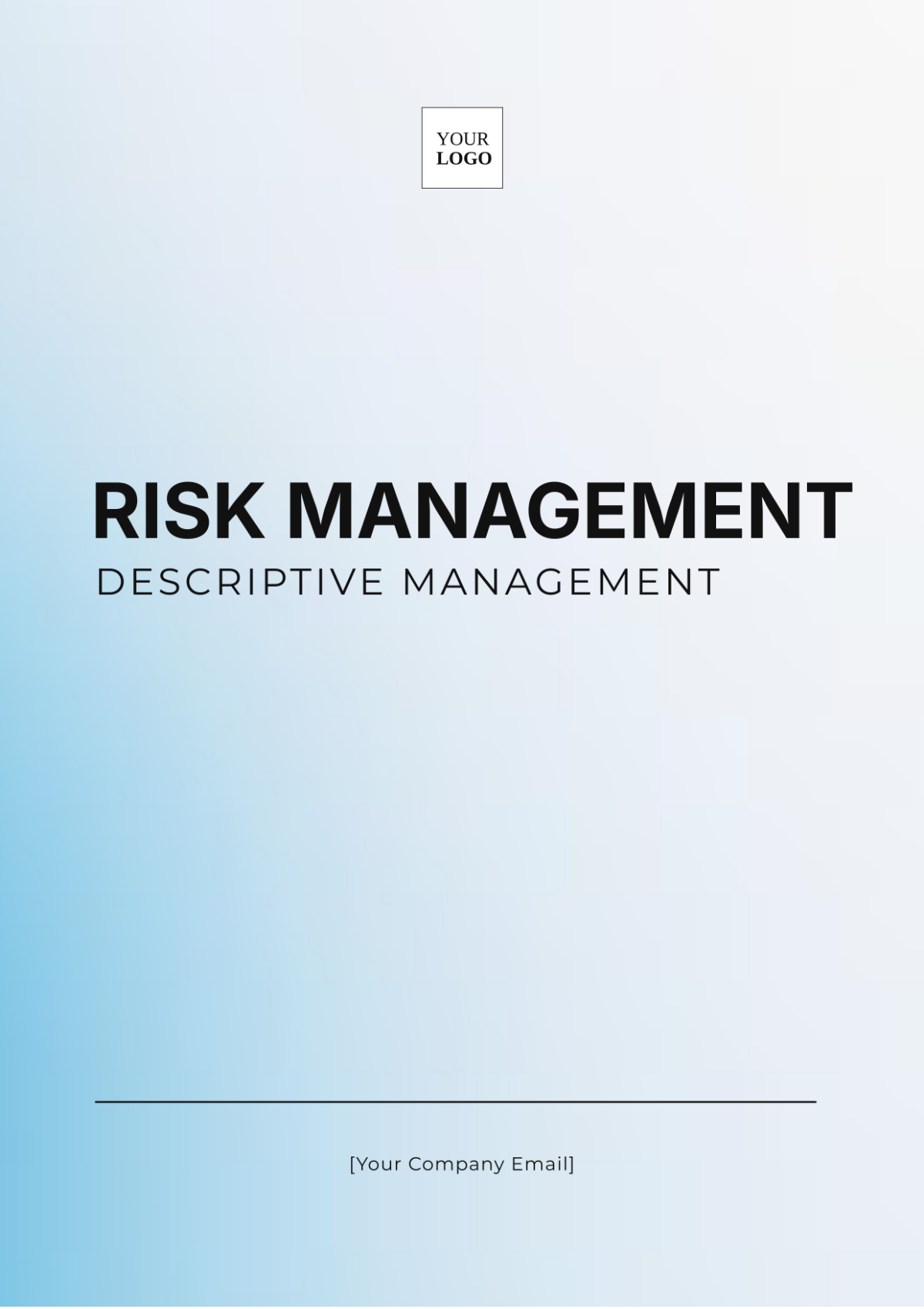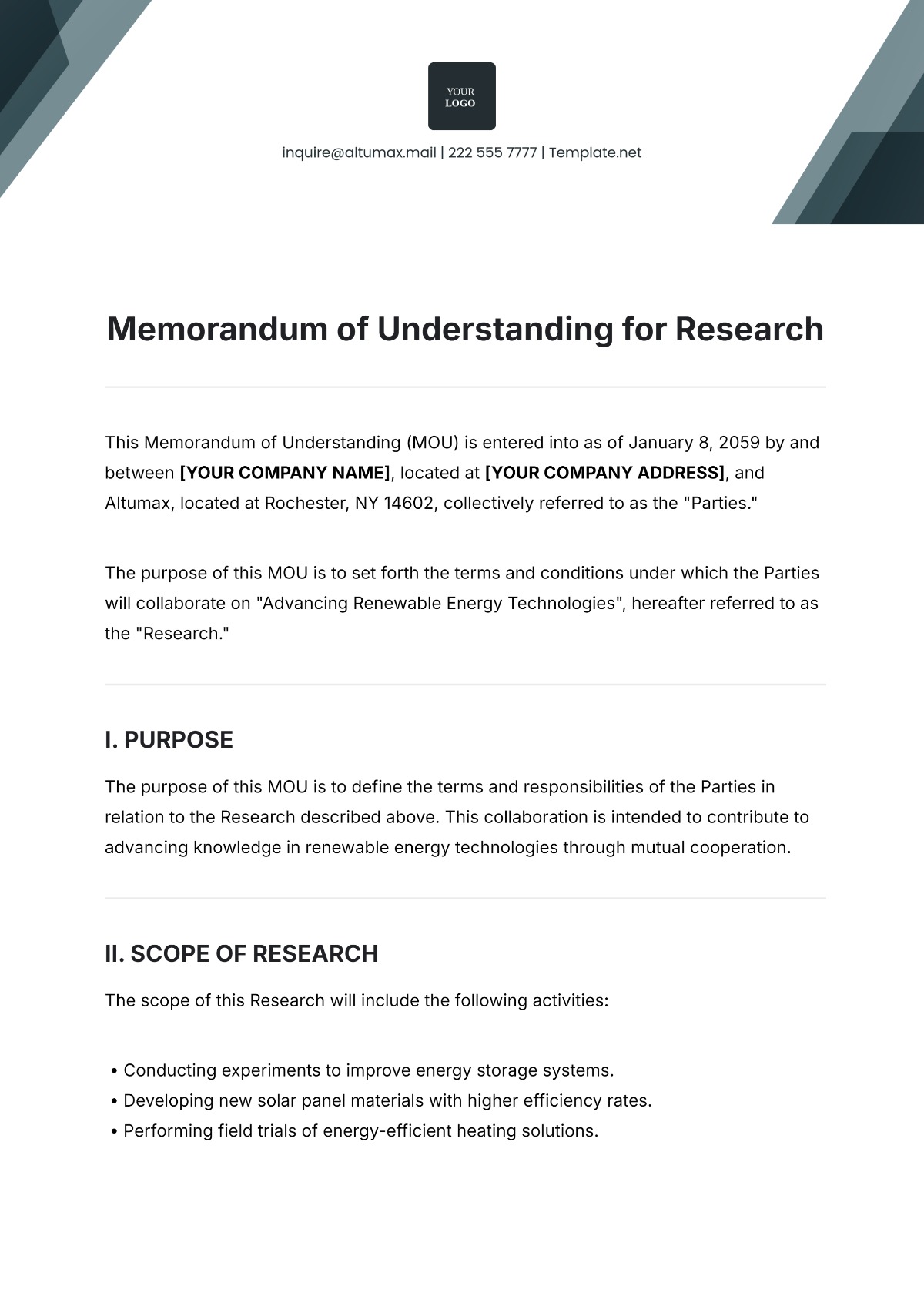Curriculum Action Research
I. Introduction
Curriculum Action Research (CAR) is a vital method for educators to refine teaching strategies and improve student outcomes using evidence-based practices. Conducted by teachers in their own classrooms, CAR focuses on enhancing teaching methods and curriculum content. This paper explores its history, methods, applications, challenges, and its transformative impact on education and student success.
II. Historical Background
Action research, pioneered by social psychologist Kurt Lewin in the early 20th century, initially aimed to address social issues through a cyclical problem-solving model. By the mid-20th century, educators adopted it to tackle classroom challenges, leading to the development of curriculum action research for improving teaching practices and learning outcomes.
III. Methodology of Curriculum Action Research
The methodology of CAR is characterized by a dynamic, iterative process designed to continuously refine educational strategies. This cyclical process involves several key stages:
Identifying a Problem: The first step in CAR is recognizing a specific issue or area within the curriculum that requires improvement. This could range from student engagement to instructional delivery methods.
Planning: Once the problem is identified, educators develop a strategic plan that outlines the intervention to address the issue. This plan includes specific objectives, timelines, and resources required.
Acting: The planned intervention is then implemented in the classroom. This stage involves actively applying new teaching methods, modifying curriculum content, or introducing innovative instructional techniques.
Observing: During and after the intervention, educators systematically monitor its effectiveness by collecting qualitative and quantitative data. This data provides insights into how well the intervention is addressing the identified problem.
Reflecting: In this final stage, educators analyze the collected data to evaluate the success of the intervention. Reflection helps in understanding the outcomes, identifying areas for further improvement, and planning subsequent actions.
IV. Applications of Curriculum Action Research
CAR is versatile and can be applied across various educational contexts, each contributing to the overall improvement of teaching and learning.
Improving Classroom Instruction: Teachers utilize CAR to continuously refine their teaching methods, making them more effective and responsive to students' needs. For instance, a teacher might use CAR to develop more engaging lesson plans or to address behavioral issues in the classroom.
Curriculum Development: CAR enables educators to adapt and reshape curriculum content based on real-time feedback and evidence. This ensures that the curriculum remains relevant and aligned with students' evolving learning needs.
Professional Development: By engaging in CAR, teachers participate in ongoing professional learning. This process fosters a culture of reflective practice, where educators critically assess and improve their instructional methods.
Policy Making: Insights gained from CAR can inform educational policy at the school or district level. By grounding policies in classroom realities, educators can advocate for changes that genuinely benefit students and teachers.
V. Challenges in Implementing Curriculum Action Research
While CAR offers significant benefits, its implementation is not without challenges.
Time Constraints: Educators often find it difficult to allocate time for systematic research amid their teaching responsibilities. Balancing the demands of CAR with daily instructional duties can be challenging.
Resource Limitations: Effective CAR requires access to research materials, training, and support, which may not always be available. Limited resources can hinder the depth and scope of CAR projects.
Resistance to Change: Change can be met with resistance, both from individual teachers and educational institutions. Established practices and traditional methods may be difficult to alter, even when evidence suggests a need for improvement.
Data Interpretation: Analyzing the qualitative data collected during CAR can be complex. Educators may require specific skills in data analysis, which some may lack, leading to challenges in drawing accurate conclusions.
VI. Case Studies
The following case studies illustrate the practical application of CAR in various educational settings:
Case Study | Description |
|---|---|
Case Study 1 | A high school implemented CAR to enhance its science education program. Through a series of planned interventions, including updated instructional strategies and hands-on experiments, the school observed a marked improvement in student engagement and academic achievement in science subjects. |
Case Study 2 | An elementary school faced low literacy rates among its students. By using CAR to revise its reading curriculum and adopt new teaching strategies, the school achieved significant improvements in student literacy levels, evidenced by higher reading scores and increased student interest in reading. |
Case Study 3 | A university applied CAR to innovate its computer science curriculum. By gathering continuous feedback from students and making iterative improvements, the university increased student satisfaction and improved learning outcomes, particularly in challenging courses such as algorithms and data structures. |
VII. Benefits of Curriculum Action Research
Engaging in CAR yields numerous benefits, both for educators and students:
Enhanced Teaching Practices: Through systematic inquiry and evidence-based adjustments, educators refine their teaching methods, leading to more effective and engaging instruction.
Improved Student Outcomes: CAR allows for targeted interventions that address specific student needs, resulting in better academic performance and overall student development.
Professional Growth: CAR fosters critical reflective skills among educators, enabling them to develop a deeper understanding of their practice and continuously improve their teaching strategies.
Cultural Shift: Schools and educational institutions that embrace CAR cultivate a culture of continuous improvement where data-driven decision-making and collaborative problem-solving become the norm.
VIII. Conclusion
Curriculum Action Research (CAR) empowers educators to enhance teaching and improve student outcomes through a cyclical process of planning, acting, observing, and reflecting. Despite its challenges, CAR fosters continuous improvement and creates responsive, adaptive, and effective educational environments, making it essential in modern education.
IX. References
Lewin, K. (1956). Action research and minority problems. Journal of Social Issues, 2(4), 34–46.
McNiff, J., & Whitehead, J. (2052). Action Research: Principles and Practice. Routledge.
Stringer, E. T. (2053). Action Research (4th ed.). Sage Publications.
Zuber-Skerritt, O. (1956). New Directions in Action Research. Routledge.

















































